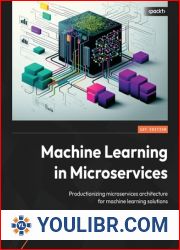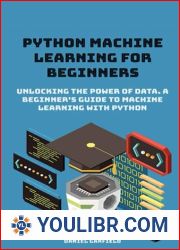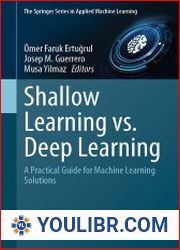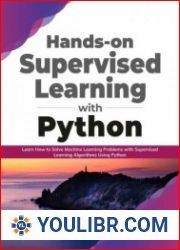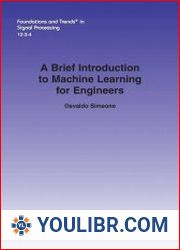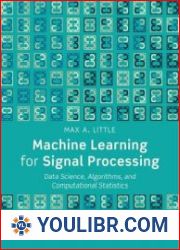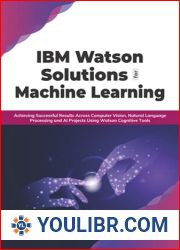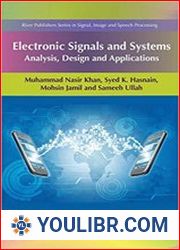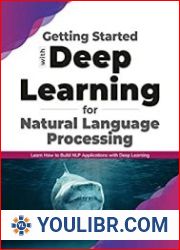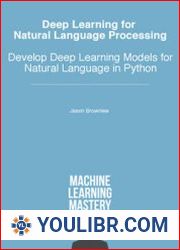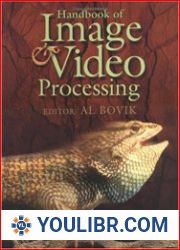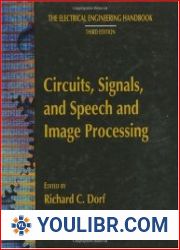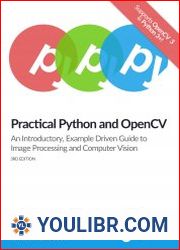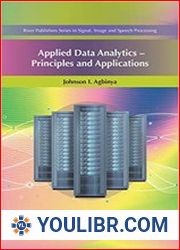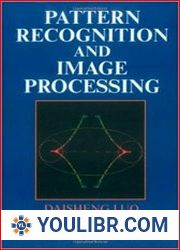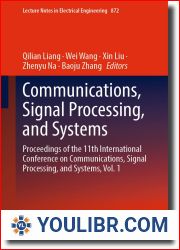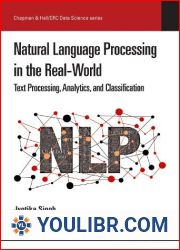
BOOKS - PROGRAMMING - Image Processing and Machine Learning, Volume 2 Advanced Topics...

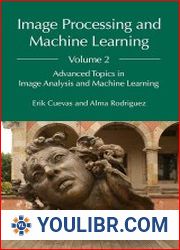
US $5.54

764088

764088
Image Processing and Machine Learning, Volume 2 Advanced Topics in Image Analysis and Machine Learning
Author: Erik Cuevas, Alma Nayeli Rodriguez
Year: 2024
Number of pages: 239
Format: PDF
File size: 31.6 MB
Language: ENG
Year: 2024
Number of pages: 239
Format: PDF
File size: 31.6 MB
Language: ENG
Image processing and Machine Learning are used in conjunction to analyze and understand images. Where image processing is used to pre-process images using techniques such as filtering, segmentation, and feature extraction, Machine Learning algorithms are used to interpret the processed data through classification, clustering, and object detection. This book serves as a textbook for students and instructors of image processing, covering the theoretical foundations and practical applications of some of the most prevalent image processing methods and approaches. Divided into two volumes, this second installment explores the more advanced concepts and techniques in image processing, including morphological filters, color image processing, image matching, feature-based segmentation utilizing the mean shift algorithm, and the application of singular value decomposition for image compression. This second volume also incorporates several important Machine Learning techniques applied to image processing, building on the foundational knowledge introduced in Volume 1. Machine Learning (ML) is a branch of artificial intelligence (AI) that enables systems to learn from data and make informed predictions or decisions without the need for explicit programming. ML finds extensive applications in various domains. For instance, in automation, ML algorithms can automate tasks that would otherwise rely on human intervention, thereby reducing errors and enhancing overall efficiency. Predictive analytics is another area where ML plays a crucial role. By analyzing vast datasets, ML models can detect patterns and make predictions, facilitating applications such as stock market analysis, fraud detection, and customer behavior analysis. We have observed that students grasp the material more effectively when they have access to code that they can manipulate and experiment with. In line with this, our book utilizes MATLAB as the programming language for implementing the systems.







